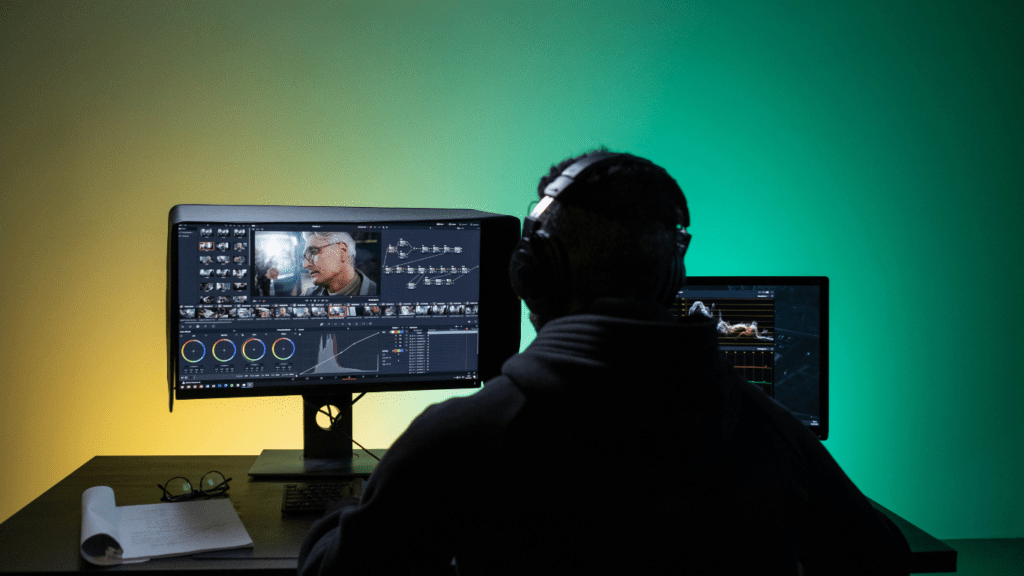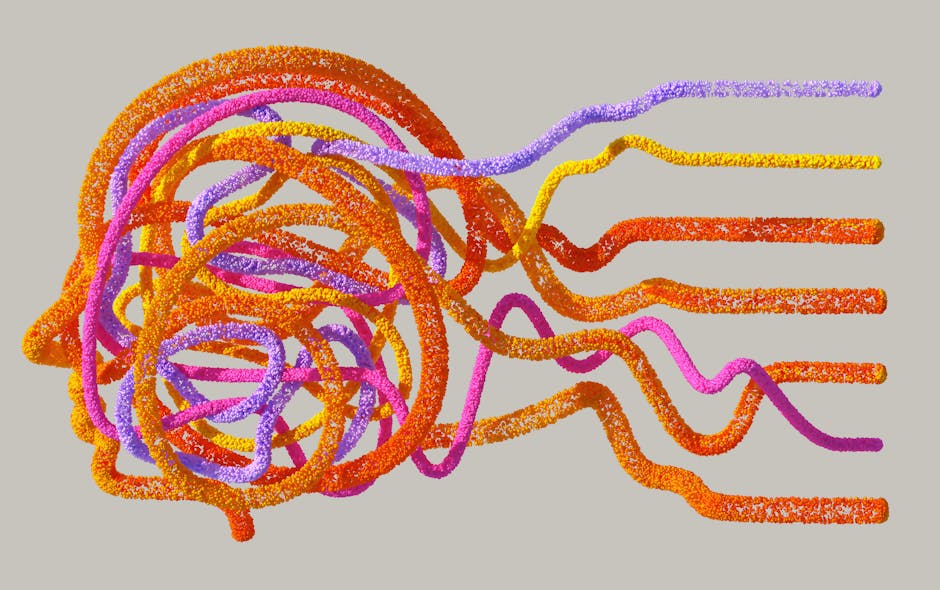Delving into the world of 3D modeling and animation opens up a realm of creativity and innovation. As someone passionate about digital art, I’ve always been fascinated by the intricate process of bringing virtual worlds to life. In this article, I’ll guide you through the fundamental concepts and techniques that form the foundation of 3D modeling and animation.
From sculpting lifelike characters to crafting immersive environments, mastering the basics of 3D modeling and animation is key to creating visually stunning content. Whether you’re a beginner eager to explore this exciting field or a seasoned artist looking to enhance your skills, understanding these core principles is essential. Join me as we unravel the secrets behind the mesmerizing realm of 3D design and animation.
Understanding 3D Modeling
To comprehend 3D modeling, it’s essential to grasp the core principles of constructing virtual 3D objects and environments. This process involves digital sculpting and manipulating vertices, edges, and faces to create intricate 3D models with depth and realism.
What Is 3D Modeling?
In 3D modeling, I craft digital representations of objects and scenes with three dimensions—width, height, and depth. By manipulating these elements using specialized software, I can design anything from simple shapes to complex characters, architectural structures, and entire landscapes. This method allows me to visualize and simulate realistic objects for various industries, including gaming, film, architecture, and product design.
- Key Software Used in 3D Modeling
When diving into 3D modeling, choosing the right software is crucial. Industry-standard tools like Autodesk Maya, Blender, Cinema 4D, and 3ds Max offer powerful features for creating stunning 3D models and animations. Each software has its strengths, from extensive modeling capabilities to advanced rendering and animation tools. Depending on the project requirements and personal preferences, selecting the appropriate software is key to unlocking your creative potential in the world of 3D design. - Exploring 3D Animation
Animation plays a vital role in various media industries by bringing characters and worlds to life, captivating audiences with visually engaging storytelling techniques.
The Role of Animation in Media

In media, animation serves as a powerful tool for storytelling, allowing creators to convey narratives in ways that live-action cannot. It enables the portrayal of fantastical realms, impossible physics, and exaggerated emotions, pushing the boundaries of imagination to deliver compelling content to viewers of all ages.
Popular Tools for 3D Animation
In the realm of 3D animation, several industry-leading software tools empower artists to craft stunning visual effects and animations. Programs like Autodesk Maya, known for its versatility and used across film, television, and gaming industries, offer a robust set of features for modeling, rigging, and animation. Blender, a free and open-source software, has gained popularity for its powerful capabilities in 3D modeling, sculpting, and animation, making it a strong contender for both beginners and professionals. Similarly, Cinema 4D stands out for its user-friendly interface, making complex tasks more accessible, while 3ds Max excels in architectural visualization and game development, making it a top choice for many professionals in the industry. Each tool caters to different artistic needs and project requirements, providing a diverse landscape for 3D animators to explore and express their creativity.
The Process of Creating 3D Models
From Concept to Model: Step-by-Step
Crafting 3D models involves a systematic process from conceptualization to the final digital creation. Firstly, I brainstorm ideas and sketch rough concepts to visualize the object or scene. Next, I use specialized software such as Autodesk Maya or Blender to create a basic geometric shape as a starting point. Then, I refine the model by adding details, textures, and colors to enhance its realism. Rigging, the process of adding a digital skeleton for animation, is crucial for dynamic models like characters. Finally, I fine-tune the lighting and camera angles to render the model into a lifelike image or animation.
Tips and Tricks for Beginners
For beginners stepping into the world of 3D modeling, I recommend starting with tutorials available online for popular software like Blender or Cinema 4D. Practice regularly to hone your skills in modeling, texturing, and lighting to create visually stunning artwork. Experiment with different tools and techniques to understand their effects on the final output. Additionally, studying real-world objects and photography can provide valuable insights into creating realistic 3D models. Don’t hesitate to seek feedback from online communities or forums to improve your work and learn from experienced artists in the field.
Animation Techniques in 3D
Animation in 3D modeling brings virtual worlds to life through movement and dynamics. Understanding the key animation techniques is crucial for creating engaging visual experiences.
Basics of Motion and Timing
In 3D animation, mastering motion and timing is fundamental. It involves creating realistic movements for objects and characters by manipulating keyframes, which serve as markers for different poses within a sequence. Adjusting the timing between keyframes is essential to control the speed and smoothness of an animation.
Common Animation Challenges and Solutions
Like any creative process, 3D animation poses its own set of challenges. One common issue is ensuring that movements flow naturally without appearing stiff or robotic. To overcome this, animators can focus on adding secondary motions and overlapping actions to introduce more lifelike qualities to the animation. Additionally, refining the timing and easing in and out of movements can help achieve a more fluid and natural look in the animation.



